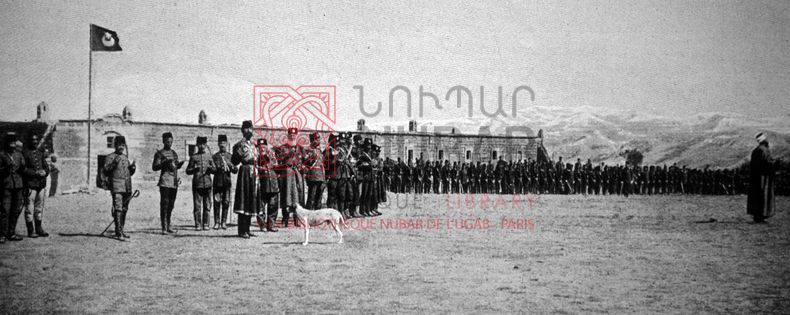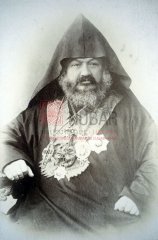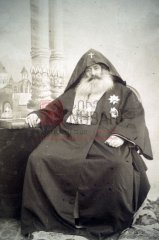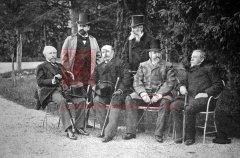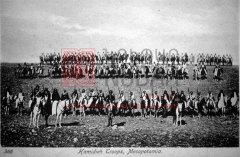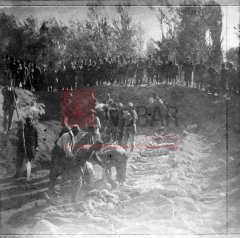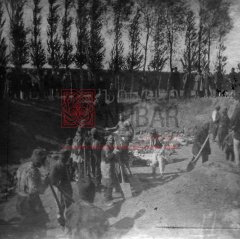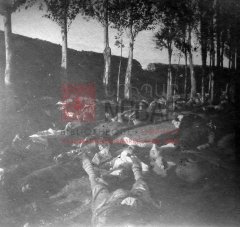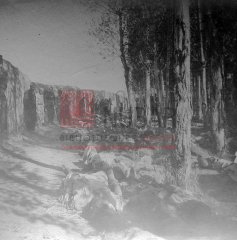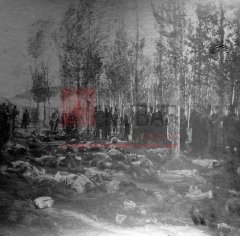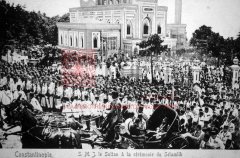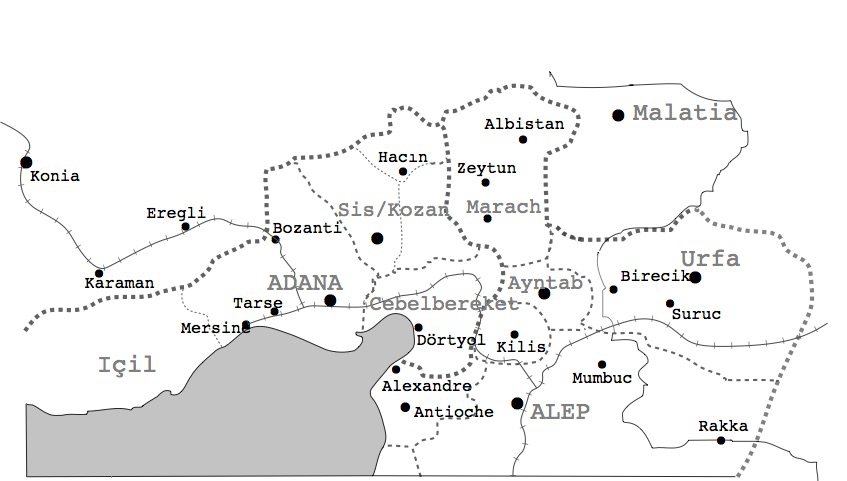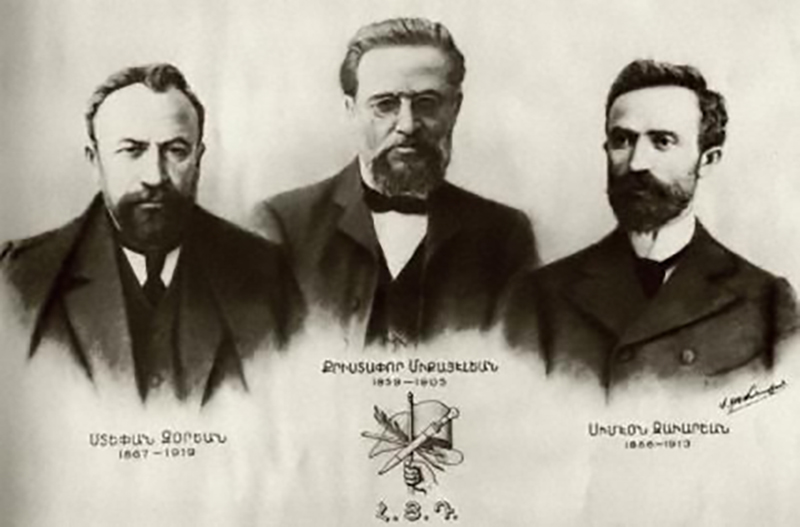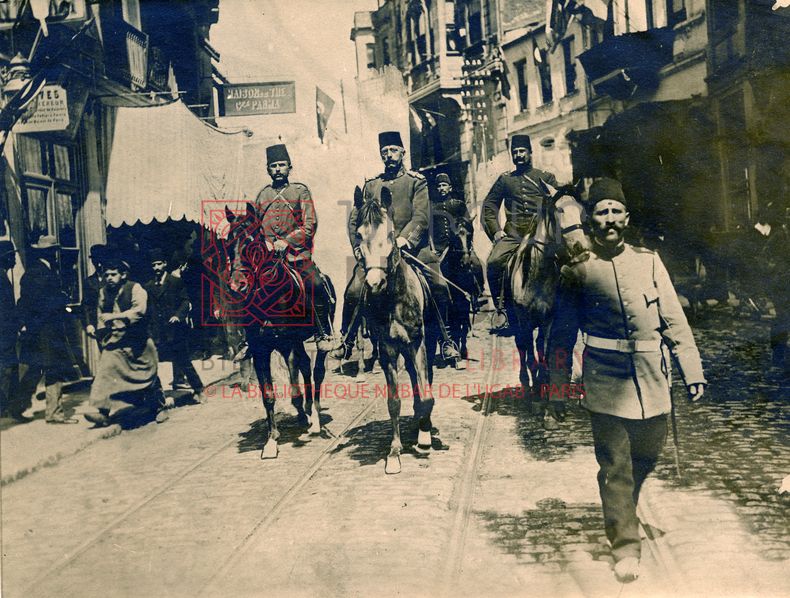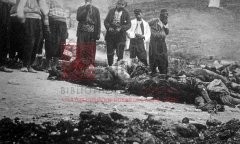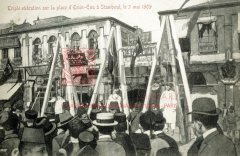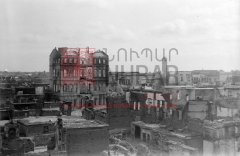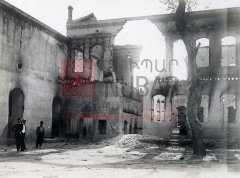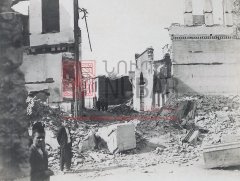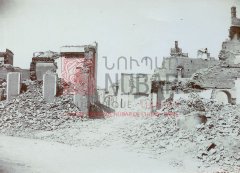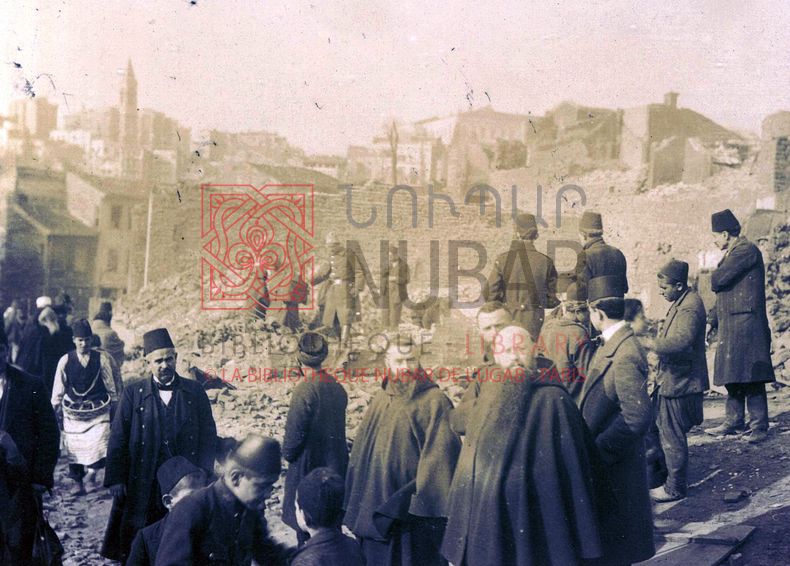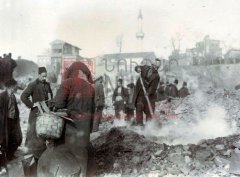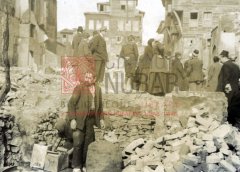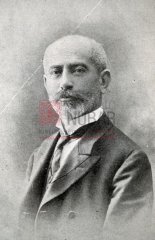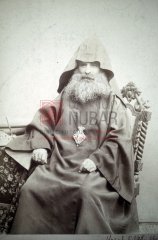I. MASS VIOLENCE AGAINST OTTOMAN ARMENIANS PRIOR TO THE GENOCIDE
|
|
1. EVERYDAY LIFE IN OTTOMAN ARMENIA
At the turn of the 20th century, Armenians were mainly concentrated in the six Eastern provinces of the Ottoman Empire, in the vilayets of Sıvas, Erzurum, Van, Diyarbekir, Bitlis and Kharpert: ancestral Armenian land. In addition, important Armenian urban communities were located in Constantinople and in the major cities of Anatolia The majority of Ottoman Armenians lived in rural areas, where their life was ruled by patriarchal traditions and characterized by a complex coexistence with semi-nomadic or recently settled Kurds.
On the other hand, provincial cities included an educated and enterprising Armenian society entering the age of modernity.
This Ottoman Armenian world would suffer mass killings and lootings at the end of the 19th century, triggering mass migration before being definitively eradicated in 1915.
|
2. BETWEEN STATE VIOLENCE AND TRIBAL VIOLENCE: THE 1894-1896 MASSACRES
1891 marks a turning point in the policy of Sultan Abdülhamid II (1876-1909). That year, he formed Kurdish irregular brigades: the hamidiye. Abductions, looting and plundering created permanent insecurity in the Armenian provinces. The first instance of mass violence occured during the summer of 1894 in the Armenian quarter of Sassoun. These massacres, though presented by the authorities as the result of a “revolt” by Armenians, convinced European powers to work together to impose long-awaited reforms in the six eastern vilayets of the Ottoman Empire. In October 1895, as a display of his good will, the Sultan signed decrees reorganizing the local administration in order to ensure the safety of individuals and their property. In reality, Abdülhamid II allowed and encouraged the large-scale massacres that followed.
Beginning in Trebizond on September 26, 1895, these massacres spread across the whole of Anatolia until December and took the same form.
According to the Armenian Patriarchate of Constantinople, the Hamidian massacres caused a human and socio-economic disaster with 200,000 deaths and widespread looting and destruction.
|
|
3. THE MASSACRES OF CILICIA IN APRIL 1909: A DRESS REHEARSAL?
Less than one year after the Committee of Union and Progress seized power and restored the Ottoman constitution, a “reaction” aiming to re-establish the Sultan’s complete control targetted the Unionist leaders. Starting on March 31, this anti-Unionist reaction was supported by soldiers and officers of the garrison in Constantinople as well as religious opponents. However, the Unionists quickly halted this reaction and eliminated the liberal opposition in Constantinople at the same time.
Almost simultaneously, a series of massacres struck the Armenians of Adana and Cilicia in April 1909. While the leaders of the Committee of Union and Progress blamed them on the reactionary forces, the anti-Armenian violence in Cilicia cast strong suspicion on the involvement of local Unionist leaders and the central government. The Adana massacres seriously undermined the hope that part of Ottoman Armenian society had started to feel after the restoration of the Ottoman constitution in 1908 and, for some (considering the example of the Armenian Revolutionary Federation or the Tashnag Party) their hope for the initial political project of the Committee of Union and Progress.
|
|
The First Phase of the Massacres in Cilicia: April 14-16, 1909
Constantinople, April 24, 1909: arrival of General Mahmud Şevket, commanding the forces sent to crush the rebellion (Historical Division of the Army, Vincennes, France).
The violence that set all of Cilicia aflame beginning on April 14 was not a spontaneous act. Unfounded rumors of Armenians killing Muslims had circulated, been relayed by Muslim religious authorities and local officials, and were supported by notables and the police. On the first day, April 14, rioters began with the destruction of Armenian shops at the bazaar and the massacre of Armenian seasonal workers on farms on the plain of Adana. But wider bloodshed was avoided thanks to organized self-defense efforts, especially in the Armenian neighborhoods of Adana.
|
massacres adana 01
Adana, avril 1909 : cadavres d’Arméniens massacrés (carte postale ancienne, coll. privée)
Initial content
http://localhost:8888/bnulibrary/images/expos_virtuelles/armenie1915/section01/massacres_cilicie/I.3-3_result.jpg
Constantinople, 3 mai 1909 : exécution d’insurgés sur la place Eminönu (carte postale ancienne, coll. privée)
Initial content
http://localhost:8888/bnulibrary/images/expos_virtuelles/armenie1915/section01/massacres_cilicie/I.3-2_result.jpg
Adana, avril 1909 : le quartier arménien incendié pendant les massacres, avec au centre la grande bâtisse du collège arménien catholique (coll. Société de géographie, Paris)
Initial content
http://localhost:8888/bnulibrary/images/expos_virtuelles/armenie1915/section01/massacres_cilicie/I.3-4_result.jpg
Vue du quartier arménien après les massacres d’Adana, mai 1909 (coll. Pères mekhitaristes de Venise)
Initial content
http://localhost:8888/bnulibrary/images/expos_virtuelles/armenie1915/section01/massacres_cilicie/I.3-5_result.jpg
Vue du quartier arménien après les massacres d’Adana, mai 1909 (coll. Pères mekhitaristes de Venise)
Initial content
http://localhost:8888/bnulibrary/images/expos_virtuelles/armenie1915/section01/massacres_cilicie/I.3-6_result.jpg
Vue du quartier arménien après les massacres d’Adana, mai 1909 (coll. Pères mekhitaristes de Venise)
Initial content
http://localhost:8888/bnulibrary/images/expos_virtuelles/armenie1915/section01/massacres_cilicie/I.3-7_result.jpg
|
The Second Phase of the Massacres in Cilicia: Adana, April 25-27, 1909
Clearing the ruins of the Armenian quarter of Adana after the massacres, May 1909 (Saint-Grégoire Collection, Beirut).Troops were sent by the Ottoman government soon after the outbreak of violence in Adana in order to restore order. Urged by the British consul in Adana, Armenians agreed to surrender their weapons and placed themselves under the protection of Ottoman soldiers. Yet these same troops were going to attack defenseless Armenian neighborhoods and continue for three days to massacre thousands of their inhabitants, including those who had found sought in foreign missions.
|
massacres adana 02
Déblayage des ruines du quartier arménien d’Adana après les massacres, mai 1909 (coll. Saint-Grégoire, Beyrouth)
Initial content
http://localhost:8888/bnulibrary/images/expos_virtuelles/armenie1915/section01/massacres_cilicie/I.3-9_result.jpg
Déblayage des ruines du quartier arménien d’Adana après les massacres, mai 1909 (coll. Saint-Grégoire, Beyrouth)
Initial content
http://localhost:8888/bnulibrary/images/expos_virtuelles/armenie1915/section01/massacres_cilicie/I.3-10_result.jpg
Hagop Babikian, 1856-1909, député au parlement ottoman, membre de la commission d’enquête sur les massacres de Cilicie (Kéghouni, vol. 6, 1909, p. 56)
Initial content
http://localhost:8888/bnulibrary/images/expos_virtuelles/armenie1915/section01/massacres_cilicie/I.3-12_result.jpg
Sahag Khabayan, 1848-1939, catholicos de la Grande Maison de Cilicie à l’époque des massacres d’Adana (coll. Bibliothèque Nubar)
Initial content
http://localhost:8888/bnulibrary/images/expos_virtuelles/armenie1915/section01/massacres_cilicie/I.3-13_result.jpg
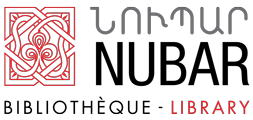
 English (UK)
English (UK)  Français (FR)
Français (FR) 
